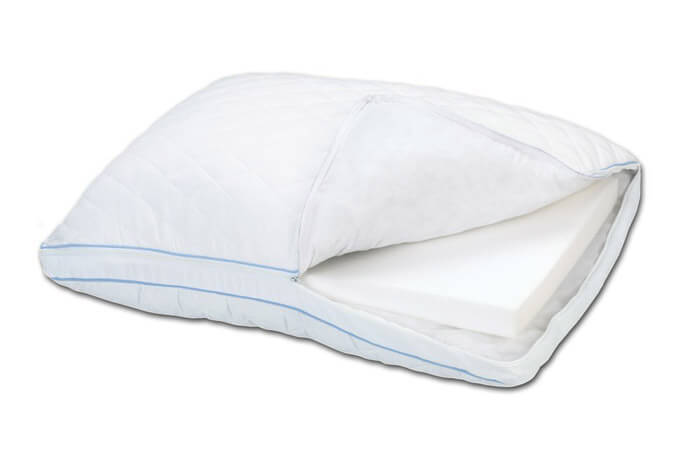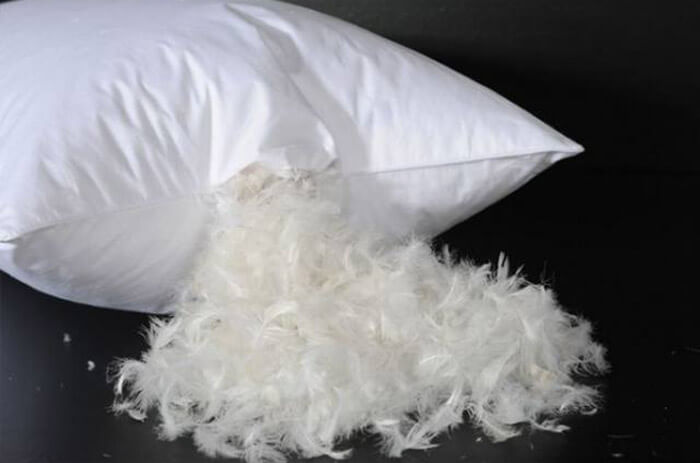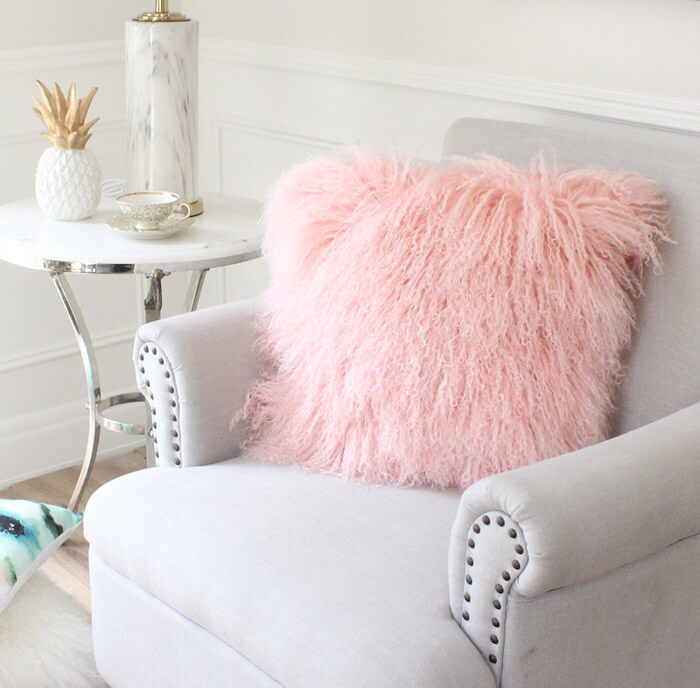 |
| Pillows Construction Illustration |
Pillows Construction
Do you have a pillow? if you have, do you know the contents or material from the pillow? what materials do you use to wrap the pillow you use? Let's discuss one by one in order for you to understand about the stuff you use as your sleeping companion every day.
1. Pillows Construction : Material
A pillow must have its contents. The contents of the pillow used for sleeping, usually made of kapoks, foams, goose hairs, silicone fibers, or latex. There is a pillow that contains Straw, Straw-filled Pillow is the most traditional method used by the people of ancient Europe, but the straw filled pillow is not comfortable to use and its rarely used today. There is a pillow contains a piece of pipette, there is also a pillow that contains pieces of cloth.
 |
| Pillows Construction : Goose Down Materials |
Asians use Kapok as the contents of their pillows. In some parts of the world, some use animal fur as the contents of the pillows they wear, can be goose down or goat wool, but usage of wool is unusual. Feather or down is the material of the pillow that soft and most comfortable. This material gives softness to its users. While currently the most widely used is a pillow containing silicon fibers. Pillows containing silicone fibers provide comfort and have the ability to customize the shape desired by the user. For more details you can read an article that discusses the history of pillow use and the difference in pillow content material.
2. Pillows Construction : Shape
Modern sleeping pillows are generally rectangular, while the sofa cushions are square shaped. But that is not a actual, because human creativity is unlimited. Now there is a pillow shaped like rocks, fruits, foods, animals until there is a female leg shaped pillow (Read more here). There are also neck pillows, pregnant pillows, baby pillows, and various other health cushions.
 |
| Pillows Construction : Some Creative Pillows Shape |
3. Pillows Construction : Size
The size of the pillow is different. There are standard, there is a mini (baby pillow), there is also a jumbo pillow, but commonly used for sleeping today is usually measuring 40x60cm, 45x65cm or 50x70cm. For sofa cushions usually size 40x40cm, 45x45cm or custom according to the manufacturer's wishes.
4. Pillows Construction : Filling Hole
On each pillow there must be a gap to insert the pillow during the making. Well, usually to close the gap after inserting the pillow material, the pillow is closed with sewn. But there is also a zipper. Pillows fitted with zipper usually contain rigid materials such as foam or latex.
5. Pillow Construction : Case
No one knows when it started, usage of pillowcase began to be used by mankind as a functioning container for the durability and cleanliness of the pillows. Pillow without wrapping tend to get dirty faster. It will be easier to wash the pillow case instead of having to wash the pillows. Moreover, a Kapok or Goose feather Pillow, can not be washed, because it can damage the durability of the pillow.
 |
| Pillows Construction : The Vary of Modern Pillow Shape |
Pillow or Cushion is wrapped in a case, or the term "pillowcase", which is usually made of cloth. The material of pillowcases can be cotton, flannel, velboa, rasfur fabric, woven fabric, ikat, leather and so on, depending on the type of pillow utility. Some pillows have cover sheets on all sides and have a gap in the back as a way to insert pillows. Motifs of pillowcases can be various. There is a picture, embroidered, sewing, there is also a traditional motifs as an image of the pillow.
There are two types of pillow formats in general, namely pillowcases that have zippers, and pillowcases that use one side open. Although in general the form of pillowcases is to follow the shape of the pillow, but the design is various, there are appropriate rectangular cushion box size, some use the list, there are pleated, there are also using sewing or embroidery variations.

No comments:
Post a Comment